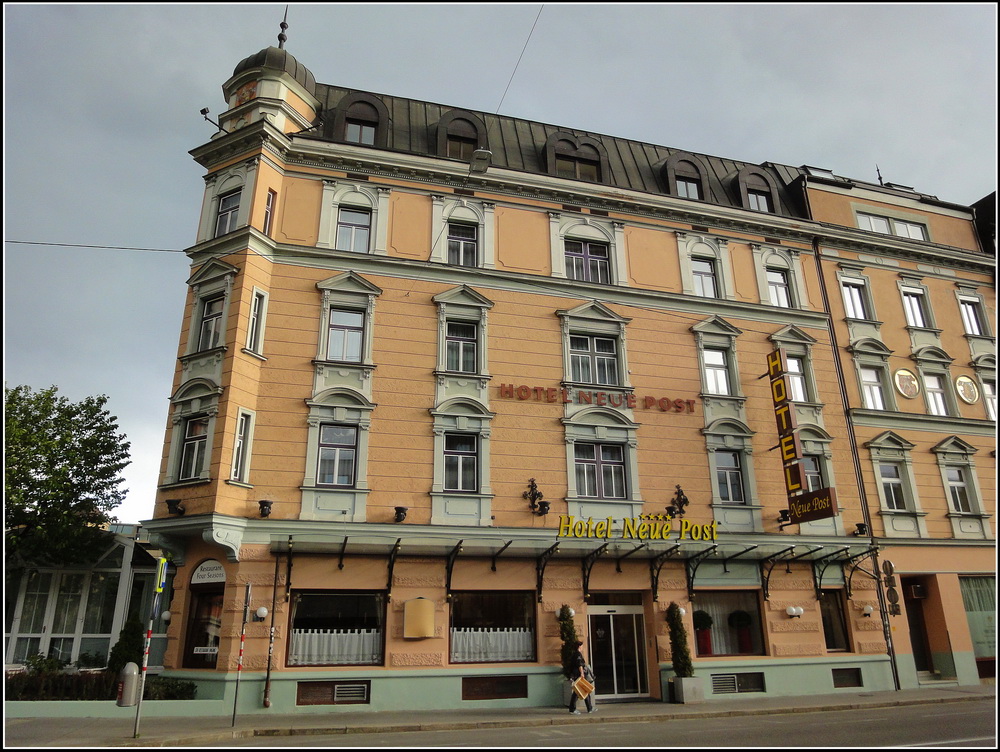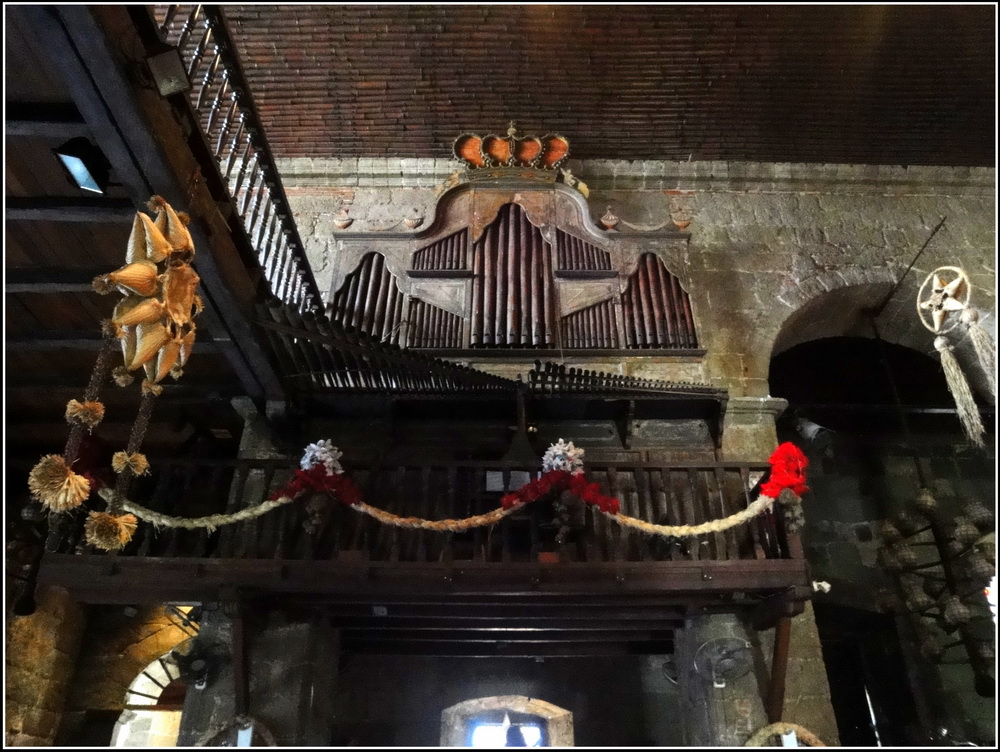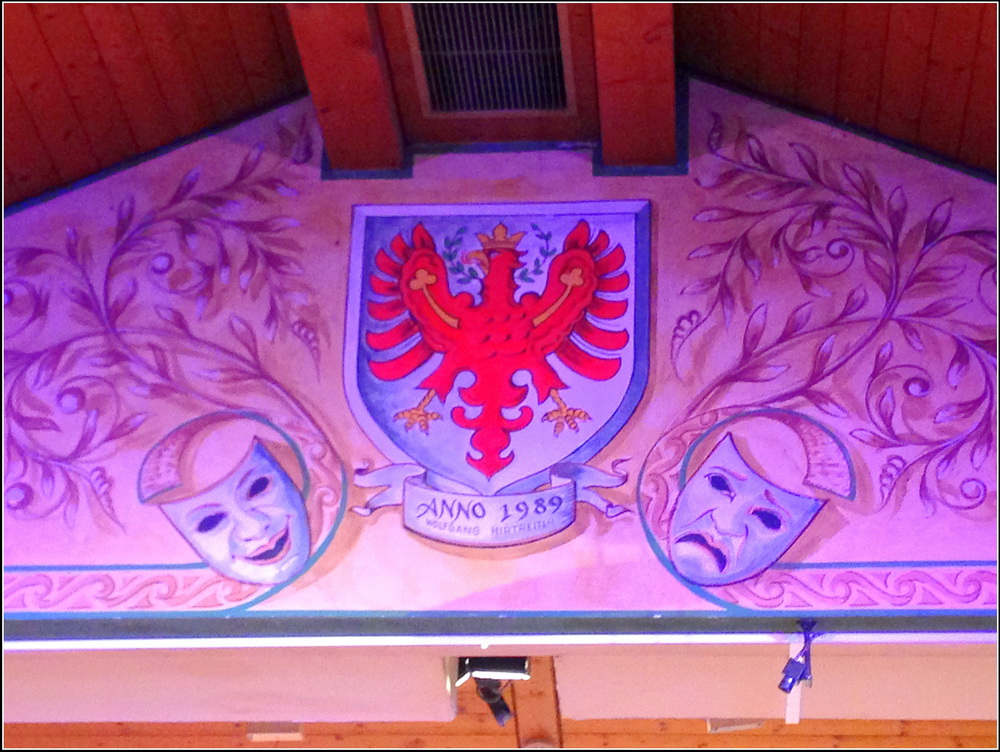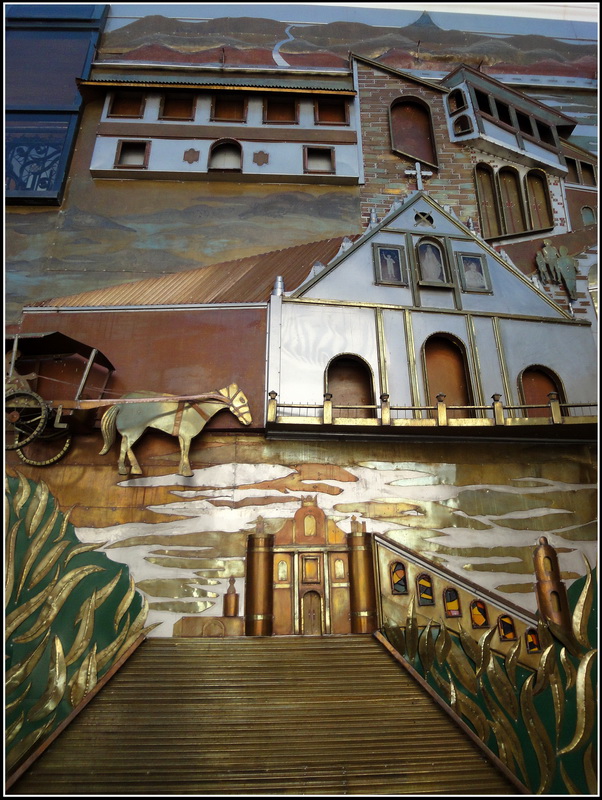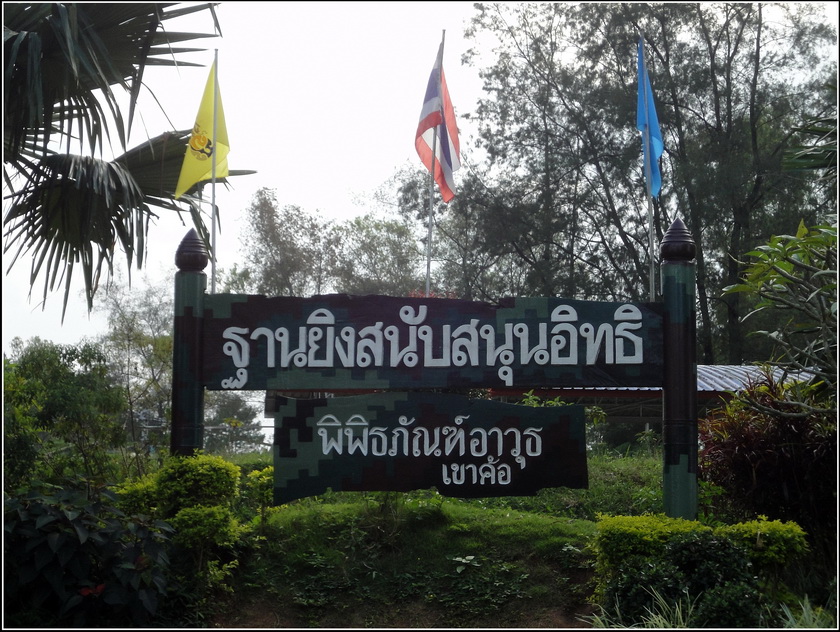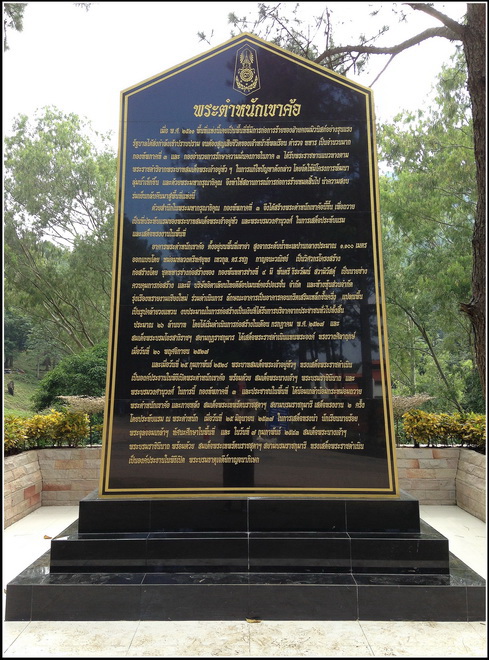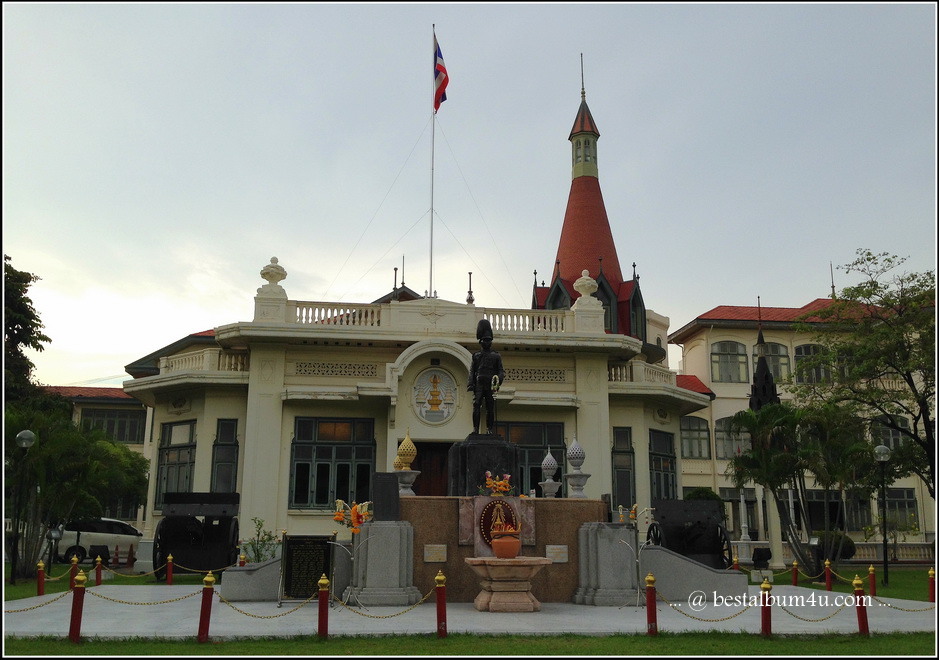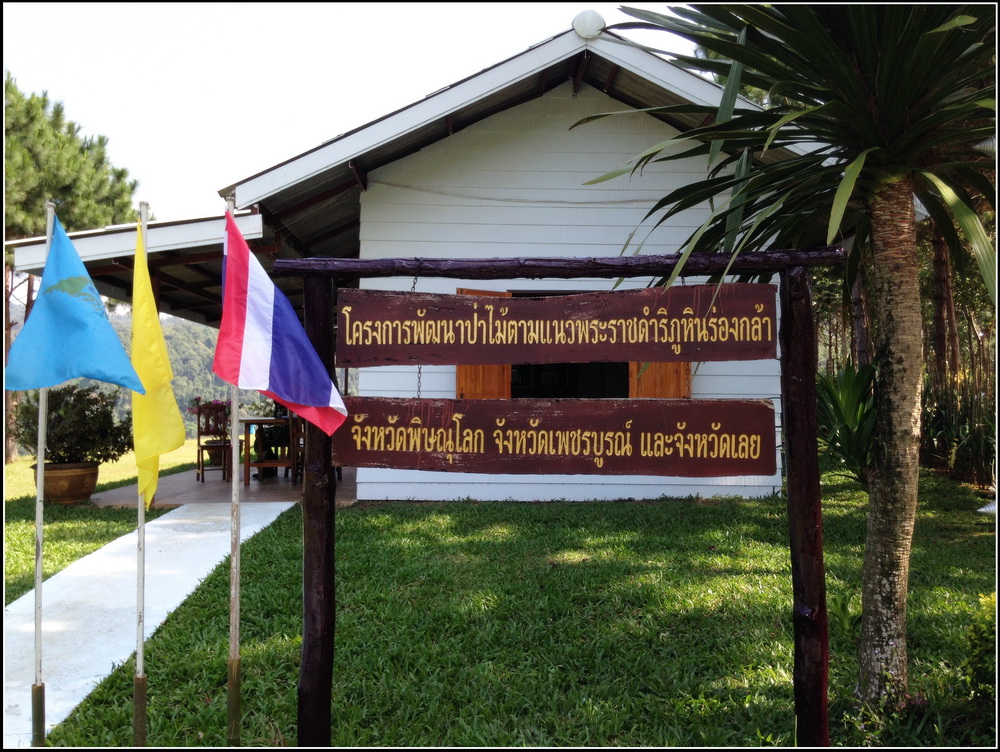(Now the hotel’s name was changed to Best Western Hotel Neue Post and decorated inside more beautiful and difference from my photos).
The Bamboo Organ Tour @ St. Joseph Parish Church, Las Piñas, Manila, Philippines
“If there’s one thing that is unique about Las Piñas, it is the Bamboo Organ, which is considered a Philippine National Treasure. On November 24, 2003, it was given this recognition by the National Museum of the Philippines since “it is the only 19th century Bamboo Organ in the Philippines that has survived and is still functioning.” This unique musical instrument is composed of 1,031 pipes, and 902 of which are made out of bamboo while the rest are metal.”[1]
“The Bamboo Organ was built by FR. Diego Cera, parish priest of Las Piñas in the years between 1817 and 1824. It is essentially a Spanish instrument of the 18th century, his family having been organ-builders in Graus, Hauesca of Several generations. However, the pipes that would have been of wood in Spain were here made of bamboo, the best material at hand. In 1975, the organ was restored by Johannes Klais in his shop in Trier, Germany, and its return to Las Piñas gave rise to the beginning of this Festival. It is currently watched over by the Diego Cera Organ Builders of Las Piñas.”[2]
Tyrolean Folk Dances & Yodelling by the Gundolf Family, Innsbruck, Austria
Beautiful Collections of Artworks inside Art Museum Hotel @ Lunar Hotel, Vigan City, Ilocos Sur, Philippines
“Located at the heart of the Heritage Village in Vigan City, listed as a World Heritage Site by UNESCO, Hotel Luna is the first and only museum hotel in the Philippines. [1]
Hotel Luna showcases the finest in Philippine Art, boasting of rare and vintage artworks and dynamic modern pieces from master painters, contemporary artists, to National Artists including Juan Luna masterpieces.” [2]
ITTI BASE (WEAPON MUSEUM), Petchabun, Thailand
Khao Kho Royal Palace & Wat Pha Sorn Kaew, Phetchabun, Thailand
“Khao Kho Royal Palace is situated on Khao Ya, Tambol Sadohpong, Amphur Khao Kho and is 1,100 meters high from the mean sea level. It is the King and the Queen’s accommodation during their visit to Amphur Khao Kho or nearby.”[1]
“The Buddhist centre called Pha Sorn Kaew is surrounded by high mountains. There the preaching hall is located while a cave is at mountain’s summit. Many Thang Daeng villagers have seen a crystal marble floating on the horizon and disappearing in the cave. They believe that the marble, in fact, is the Holy Relic coming down to the sacred place, so Phra Sorn Kaew, the hidden cliff of marble. This Buddhist site surrounded by mountain ranges is a peaceful place to withdraw and contemplate the deeper teaching and practice of Buddhism.”[2]
Phu Hin Rong Kla National Park, Petchabun, Thailand
“Phu Hin Rong Kla National Park is a national park located in the Loei, Phitsanulok and Phetchabun Provinces of Thailand. The protected area is located in the forested mountains of the Luang Prabang Range close to the border with Laos and is part of the Luang Prabang montane rain forests ecoregion”[1]
“The park has many different terrains including waterfalls, lush forests, and plains of rocks with the highest point in the park at 1,617 meters above sea level. There are different types of rock formations with splits in the rocky grounds and uneven formations. The park offers the opportunity to explore many of its renowned historical sites in the past.”[2]
Phaya Thai Palace, Bangkok, Thailand
“The construction of Phya Thai Palace began in 1909. It was built at Rama V’s behest so that he might stay there and look out over the farms, plantations and livestock in the area. The palace grounds included those areas directly opposite the palace. He also had a complex included in the compound where the Royal Ploughing Ceremony might take place, since used on many occasions.
During the reign of King Rama VI, Queen Saovabha, then Queen Mother, was invited to live there, which she did until her death in 1920. Rama VI then had the entire palace grounds demolished, leaving only the Devaraja Sabharamaya Hall (พระที่นั่งเทวราชสภารมย์ Phra Thi Nang Thewarat Sapharom) and Throne Hall, and ordered that the many new palace halls be built together to form a new Royal Phya Thai Palace. King Rama VI then lived at the palace until the later years of his reign.”[1]
